The Best Oddball Cars Up For Auction at Amelia Island
The Amelia Island auctions are around the corner. While there aren’t as many vehicles on offer as the mega-events in Scottsdale, Kissimmee or Monterey, Amelia never fails to bring out quality cars. We like this event for lots of reasons, and one is that there’s a wealth of extremely rare, unusual, or downright odd vehicles to choose from.
This year is no different, and below are the ones to look out for.
1976 GAZ-24 Volga
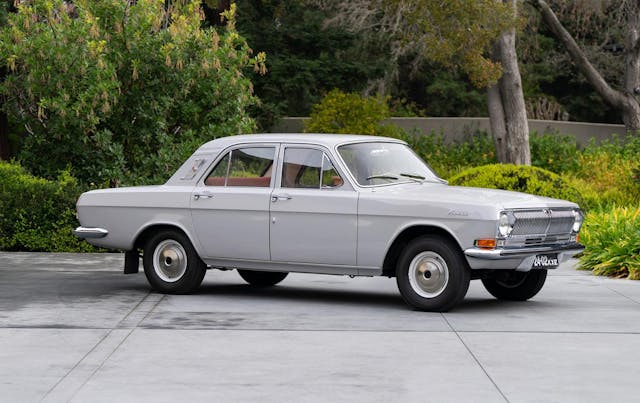
On this side of the Iron Curtain, it’s fun to joke about communist cars, and there are plenty of worthy targets for our decadent Western ridicule (Yugo, Trabant, etc.). But the Eastern Bloc had some aspirational cars, too, including Tatras from Czechoslovakia and this Volga by Gorkovsky Avtomobilny Zavod (GAZ) in Russia. Officially known as the GAZ-24 Volga, it sold from 1970-85 as Russia’s premiere luxury sedan.
Designed in the 1960s and launched in 1970, the GAZ-21 has some clear American inspiration in its lines, part Ford and part Plymouth depending on what part of the car you look at. With a 95-hp 2445cc four-cylinder, though, it wasn’t exactly fast. And with no power steering as well as stopping via four-wheel drums, it wasn’t exactly advanced, either.
There wasn’t an options list to speak of, but GAZ-24s did at least come standard with heat/defrost (nice to have in Russia), a radio, and the choice of red, brown or gray interiors. Some were exported, but within Russia the GAZ-24 was something of a status symbol by virtue of its size. When it was released, you had to have a special-use permit to own one. Many were also used as taxis. This one has a $20K-$30K estimate in Amelia.
1954 Dodge Firearrow IV by Ghia

One of the most fruitful automotive flings of the 1950s was the one between Chrysler and Italian coachbuilder Ghia. Some of the wildest and most influential Jet Age concept cars came out of this relationship, including the series of four “Firearrow” two-seaters built in 1953-54. Firearrow I, which debuted at the Turin Motor Show in 1953, was a static show car. Firearrow II through IV were drivable, however. A Firearrow-based two-seater to take on the Thunderbird and Corvette is one of those great ’50s automotive “what-ifs.”
After the U.S. show circuit, Firearrow IV (the last example) sold to its first private owner in Venezuela, and was rediscovered 90 miles from Caracas in the 1980s before being restored in the 1990s. Powered by a 241-cubic inch Red Ram Hemi V-8, it has nifty features like quad exhausts protruding through the rear fenders, a black-and-white diamond pattern on the seats and door panels, and a 16-jewel “Dodgematic” clock set into the steering wheel.
Back in 2007, Barrett-Jackson sold Firearrow IV as a package with Firearrow II for $1.1M. Firearrow III sold in Monterey in 2011 for $852,500, and Firearrow II sold again in Monterey in 2021 for $1,050,000. At Amelia 2024, Firearrow IV has a $1.5M-$2.0M estimate.
1966 Morgan Plus 4 Plus
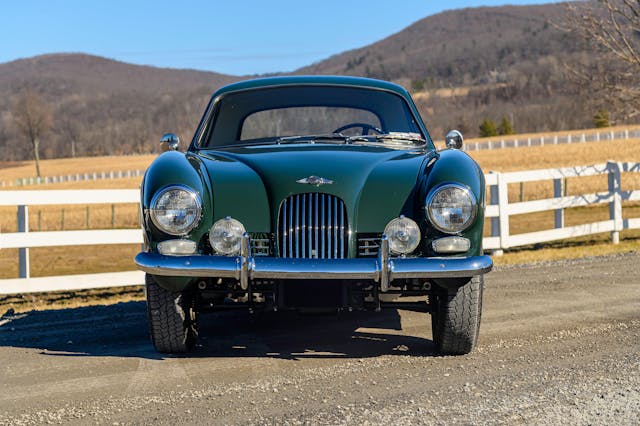
For the past 60-plus years, almost all Morgans have looked the same. Key word: almost. Occasionally this anachronistic English carmaker steps out of its comfort zone, and the first time was at the 1963 Earls Court Motor Show with the Plus 4 Plus, aka the +4+. While mechanically similar to the Triumph-powered Plus 4 Roadster, the modern fiberglass envelope body of the Plus 4 Plus was a big departure from Morgan’s signature, swoopy style that looks straight out of the 1930s.
If the Plus 4 Plus was outside of Morgan’s traditional lane, it was even further outside that of its customers. Few people wanted one, and just 26 examples sold. This one is represented as the second-to-last Plus 4 Plus built, and was restored in the 2010s.
Citroën DSs by Chapron

A Citroën DS is odd enough, particularly to American eyes where the “Dee-Esse” didn’t sell in large numbers, but there were several special coachbuilt versions of the DS that stand out from the standard sedans and wagons. Among them are this group of four cars on offer from the Mullin Collection. They each have the basic shape of the DS up front and Citroën’s innovative hydropneumatic suspension underneath, but behind the windshield everything is quite different, courtesy of Parisian coachbuilder Henri Chapron.
The “Le Dandy” is a two-door coupe, and although the Le Dandy was offered from 1960-72, just 50 were built. This one sold new to an air transport company in Paris, and has a $150K-$225K estimate.
The 1965 DS19 “Majesty,” meanwhile, is one of 27 built and was specially ordered with shorter front doors, extended rear suicide doors, power privacy panel, clock, power windows, fog lights, Becker Mexico radio, heated mirrors, and of course dual rear ashtrays (this was France in the ’60s, after all). At Amelia, it has a $120K-$150K estimate. The 1963 DS19 “Concorde” on offer has a similar notchback rear to the Majesty, but it’s a two-door model. One of 38 built, it also has a $120K-$150K estimate. Finally, the 1966 DS21 “Le Leman” is another coupe out of a very low 27-unit production run, and it also has a $120K-$150K estimate.
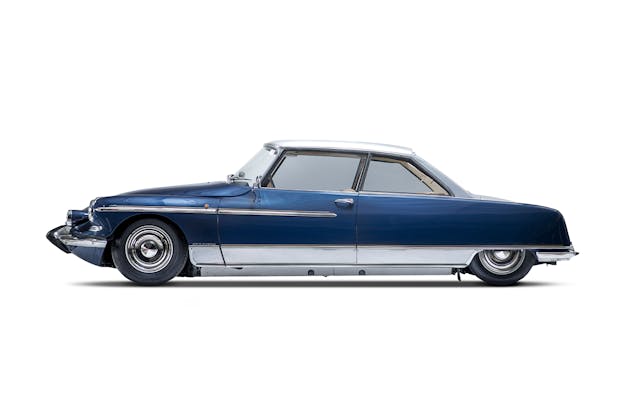
1954 Pegaso Z-102 by Saoutchik

In the early 1950s, arguably the world’s most advanced car hailed not from Italy or Germany or Britain or the United States, but from fascist Spain. Pegaso primarily built larger things like trucks and buses, but for a short period built the Z-102 sports car as an image-boost for both company and country in the years after World War II.
Powered by a four-cam all-alloy desmodromic valve V-8 engine with dry-sump lubrication and a five-speed transaxle (impressive kit for the early 1950s), Pegasos typically wore bodywork by Carrozzeria Touring of Italy, Serra of Barcelona, or by Pegaso in-house. Jacques Saoutchik of Paris, known for some truly unusual designs in the 1930s, also bodied 18 Pegasos, including this coupe. In addition to the wild bodywork, odd bits on the car include the dual four-barrel Weber carburetors and the reverse dog-leg shift pattern for the five-speed. Restored in 2013, it sold at auction for $880K in 2016 and has a $750K-$900K estimate in Amelia.
1952 Avions Voisin Biscooter
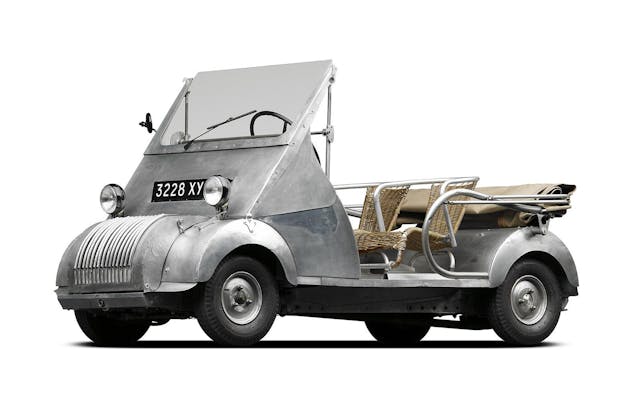
Another French oddball sold out of the Mullin Collection, this “Biscooter” is a rare post-World War II creation from Avions Voisin. In the prewar years, Gabriel Voisin had used his experience building aircraft to create some of the most memorable cars of the Art Deco era. After the war, though, the car market in Europe was hungry for small, cheap cars rather than large, luxurious ones. He designed the Biscooter using aluminum for the chassis and body to keep the weight down, and gave it a basic drivetrain and equipment list to keep the cost down. Voisin’s new postwar parent company didn’t see the potential, so he licensed the design to a Barcelona company that sold about 12,000 units.
The car in Amelia is represented as the 105h in a series of 15 prototypes, and is powered by a 125-cubic centimeter two-stroke single with nine horsepower and a three-speed manual. Despite the goofy looks and humble engine, it has a $90K-$120K estimate.
***
Check out the Hagerty Media homepage so you don’t miss a single story, or better yet, bookmark it. To get our best stories delivered right to your inbox, subscribe to our newsletters.



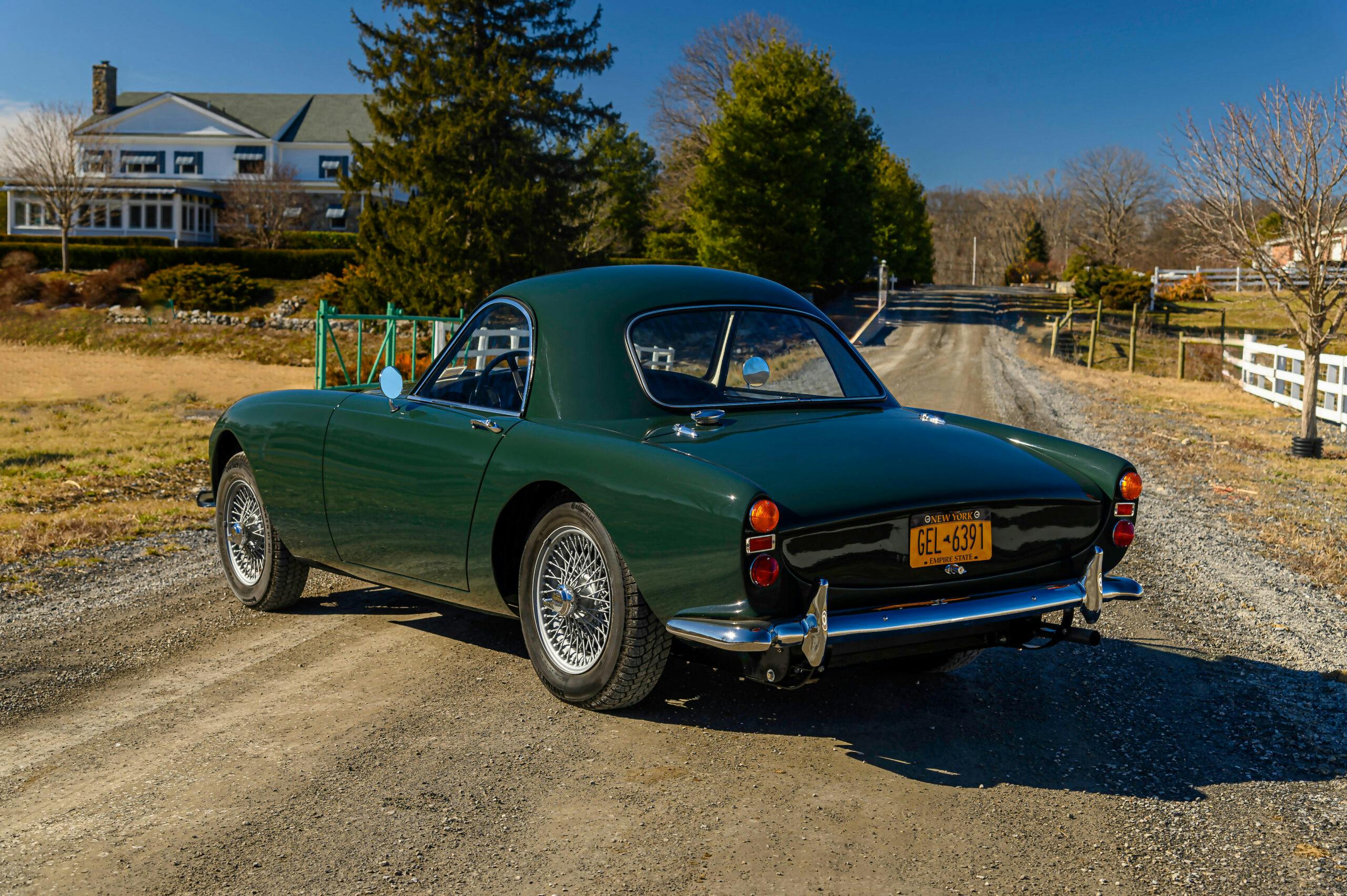
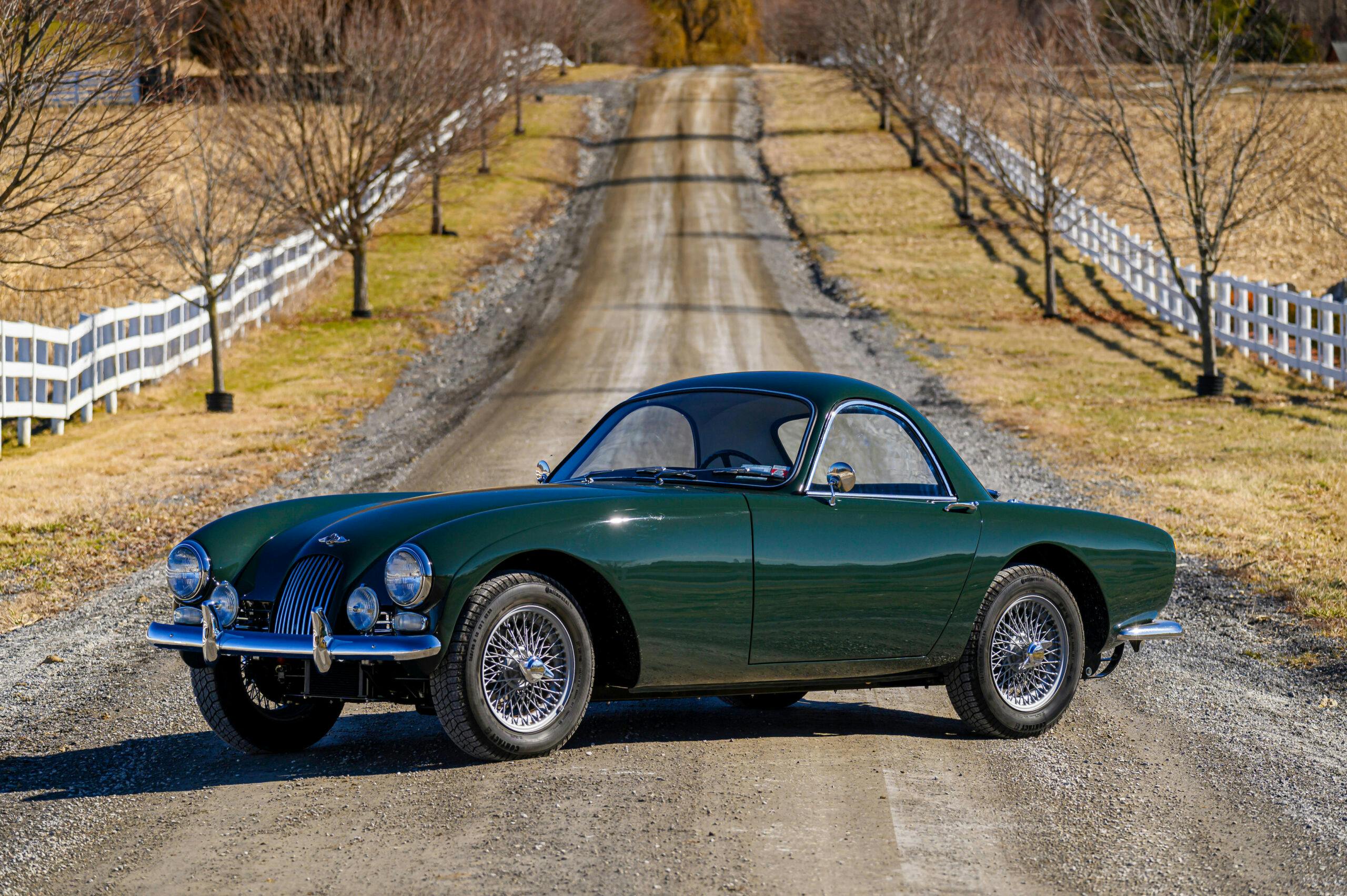
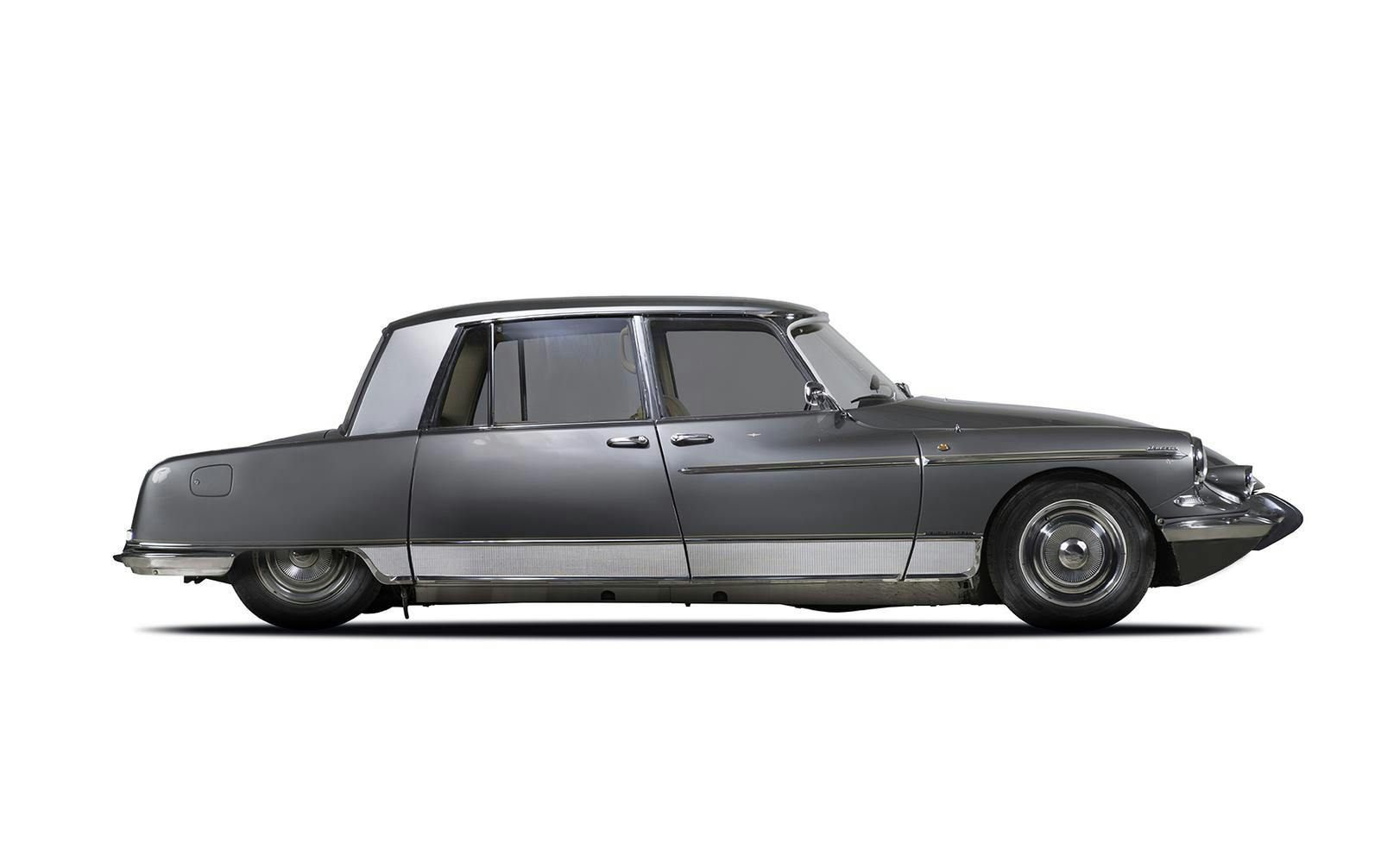
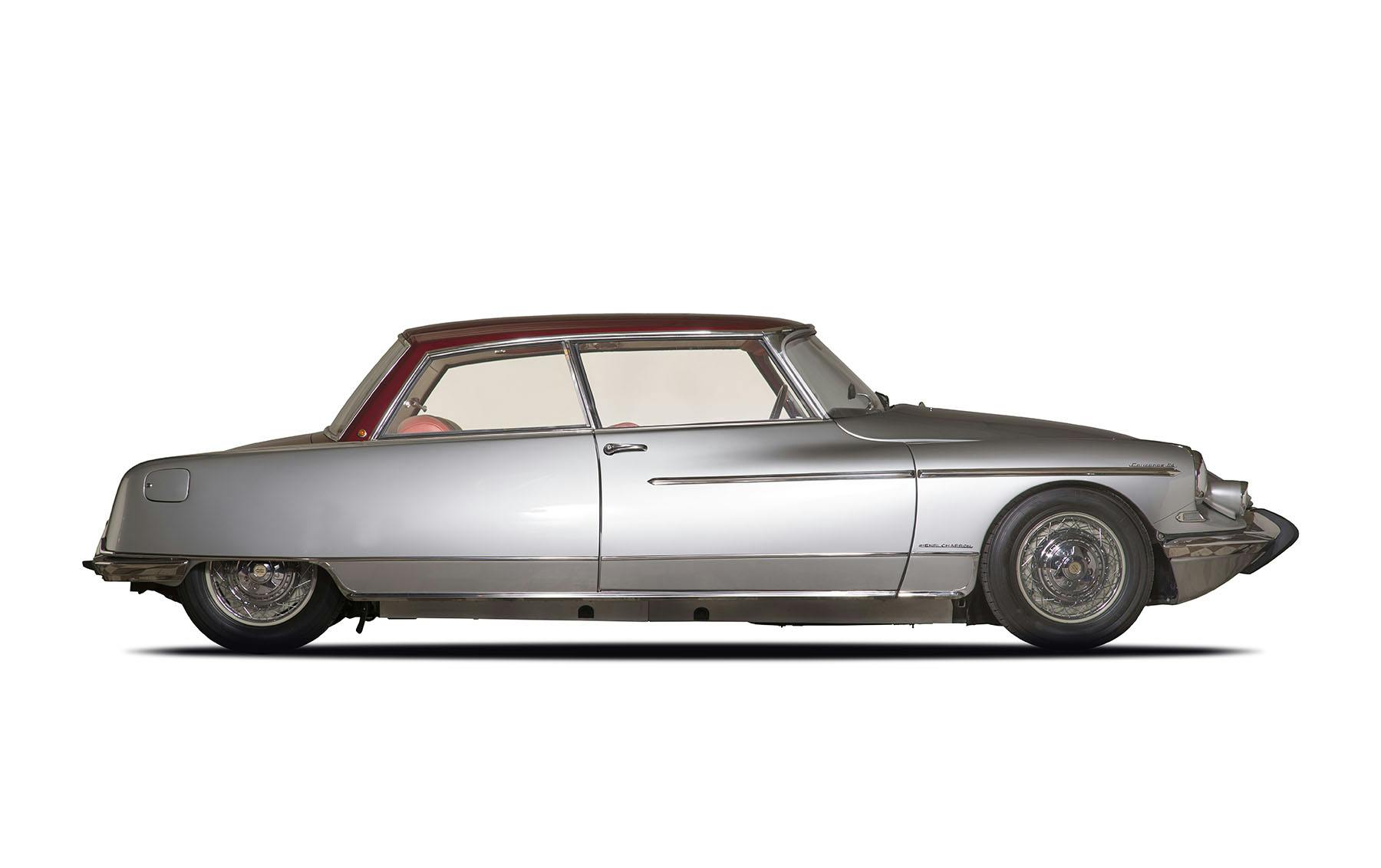


It’s hard to see the beginning of the dispersal of the Mullin Collection now that Peter is gone and the museum closed. It’s a shame the museum or at least Collection could not be integrated with another museum. Sad.
Despite sales of 12,000 units, that Biscúter might be the rarest car (at least in the US) on this page — we don’t even see pictures of this microcar very often. A lovely contrast in 1950s Spanish automobilia with the Pegaso! (Voisin actually made a “sports car” version called the Pegasin.)
Now I want one of those Voisin aluminum Biscooter skateboards. Thanks, Hagerty! But it seems that very few have survived, even of the 12,000 sold “Biscúters” in Spain: https://en.wikipedia.org/wiki/Biscúter
Absolutely. I was blessed to visit twice. I’ve been to the mountain top and I have seen the Promised Land. The cars can be sold, but the experience is gone.
I agree with others it is sad to see the
Mullin Collection sold piecemeal. I also saw it twice and think it was the finest collection of
French automobiles in North America.
Would have been nice to keep together but who could afford such a large and top quality collection?
Mr Mullin and his collection will be missed by our hobby. He was special!
The 1954 Dodge Firearrow IV by Ghia is the only one here that interests me.
Gorgeous
😝 👏
Dude, don’t be a dick.
So?
Back in about 1960 a family emigrated from Czekoslovakia to my town and enrolled their son in my 6th grade class at school. He spoke very little English but was interested in learning…. My first conversation with him was about the cars he saw in Czeckoslovakia… he mentioned Skoda and something else… maybe from Russia…
Tatra?
Like most in the states French cars are foreign to me.Even at the height of their popularity here they weren’t very popular. Recently I watched the last episode of ‘ Monsieur Spade ‘. A woman intentionally runs over a guy with a car. The car?…no idea at the time but it most certainly would be considered an oddball. After some investigating it appears to have been a Panhard CD 1962-65 ( one in the Mullin collection? ) . The French have always seemed to march to the beat of a different drummer design wise. While the Peugeot 9 X 8 hypercar hasn’t been the most successful on the grid nothing else looks like it and I mean that in a good way. And it’s gotta be the most unique to appear since the Nissan Deltawing at the very least.
The GAZ-24 Volga reminds me of a Toyota.
…”in its lines, part Ford and part Plymouth…”
Has a kinda mid-70’s BMW E28-esque or NSU Ro80-esque vibe to me.
IMHO, no matter how you slice it, Citroëns are ugly cars.
You need to slide against the grain.
The way I slice it is that SOME French cars, including the Citroen DS models, are absolutely beautiful.
I once had the great pleasure and extreme frustration of owning a 1974 Citreon DS 21 Palas. The most comfortable car I have ever driven. Total luxury and most unreliable vehicle. I only could afford to keep it for one year due to constant cost of repairs due to mineral oil hydraulic failures. Nothing like loosing your power steering/brakes/and suspension all at the same time –particularly at 60 MPH.
Same for me, 1 year, I was 19, However, dropping the suspension as you were stopping at a traffic light, and friends spilling out of the car, grabbing the bumpers, and pretending to lift it up, then piling back in just before the light turns green, Priceless!! 🤣
Jim, that’s awesome!! A ROFL moment!!
Beauty is in the eye of the beholder. No French cuisine for you! 🤭
Get used to it. With the completion of the merger of FCA and the PSA Group (Peugeot/Citroen/Opel), creating the fourth largest auto manufacturer, you might be seeing more of them and fewer Dodge/Chryslers.
You wrote that the GAZ-21 was designed in the sixties and went into production in 1970. That is not correct. I started driving a GAZ-21, a.k.a. Volga, in 1960. It was not new when I started driving it as a taxi, as the owner traded it in for a new Volga in 1961. You failed to mention that the quad overhead cam Pegaso V-8 also had one Roots compressor per bank.
Odball cars are always worth a look, if for no other reason than to make you smile.
Never dawned on me before but IMO, the Morgan Plus 4 Plus closely resembles the Costin designed Lotus Elite which predates the Morgan by a few years. Like them both but the Morgan was a bit of a dinosaur underneath while the Lotus is an advanced fiberglass monocoque.
Back in the early 60’s a fellow student at the Ont. College of Art was a collector of rare vehicles including a ’29 Rolls Royce RHD, Black Shadow motorcycle and a red Lotus Elite which was a rocket. He was a motorhead and very talented automobile illustrator. Another colleague owned a weird Citroen that had a rollback canvas roof and tandem seating. One of the profs. had a different Citroen model that he claimed was so well balanced that a wheel on any corner could be removed and the car wouldn’t tip over. Bizarre!
” Citroen model that he claimed was so well balanced that a wheel on any corner could be removed and the car wouldn’t tip over.” True actually drove my 74 DS 21 Palas that way. However if you needed to change a rear tire you had to remove the associated fender to do it.
You could only drive it with one of the rear wheels off as it is front wheel drive. I would remove a rear fender, put it on the back seat, remove the wheel, and then drive it around town, people would panic, drive up beside me and tell me I lost a wheel! 🤣
…again, ROFL!! It may have been problematic, but you found the fun in ownership!
As a kid on an Air Force base in the ’60s, I was amazed by one family’s choice in cars…two DSs….one sedan one wagon. This was in Missouri, so I can imagine their trouble with service and parts.
BTW…that Morgan is so ugly it’s neat.
Kinda like the clown shoe BMW.
My friends up the street had a DS. Father was a minister and pretty conservative, so it was an “interesting” choice. He bragged of driving the car across Nevada (pre-55 MPH limit, when much of Nevada was still unlimited) with the full family of four doing 110. It had a luxurious ride, and a very strange shift lever, I think it was on the dash.
I happened to be online when a news flash on Hemmings popped up. I Haden’t heard of the Mullins Automotive Museum but as the previous owner of several D models, a Traction and a Dyane I had to go. I went to their website and was able to get two tickets for the final day. My wife and I flew down from Portland and spent a couple of delightful days enjoying the Museum, the beach and some tasty seafood and Mexican food. The museum was awesome and the weather was delightful!
I wanted to do that! Goodonya! Prewar cars like these gems that Mullins assembled aren’t getting any more valuable. Heirs look after their own financial interests, not their dearly departed’s automotive interests. I adore the cars, but I admit I am uncomfortable with the incredible display of personal wealth it takes to have so many oneself. But who am I to judge the values of the uber wealthy like Mr and Mrs Mullin, who have several opulent homes around the world as well. RIP PM.